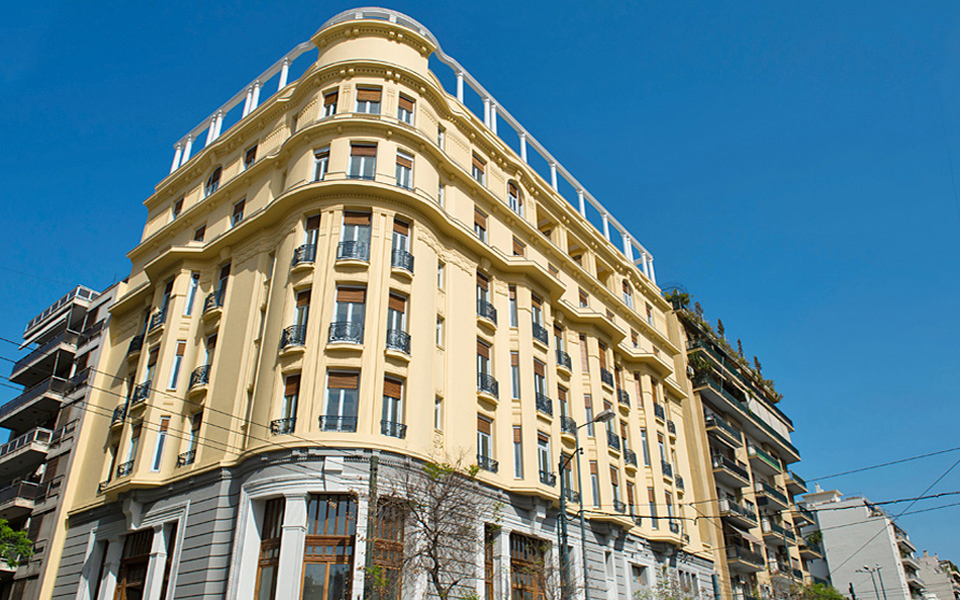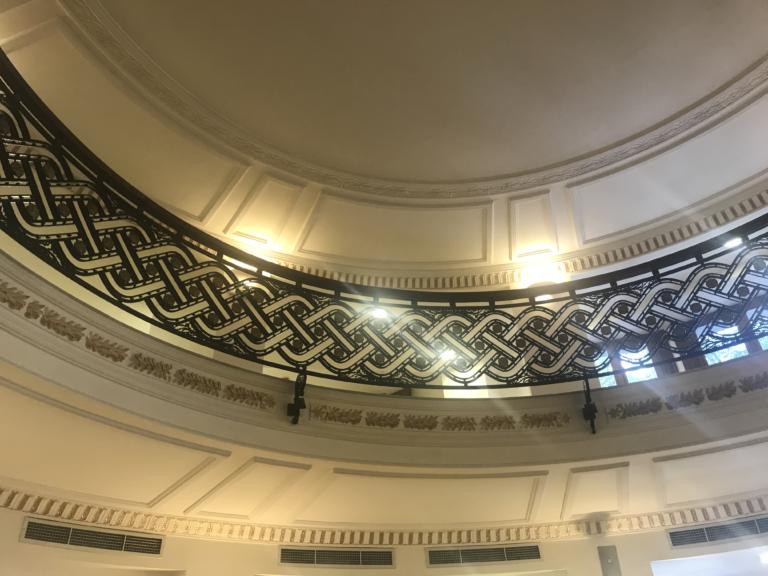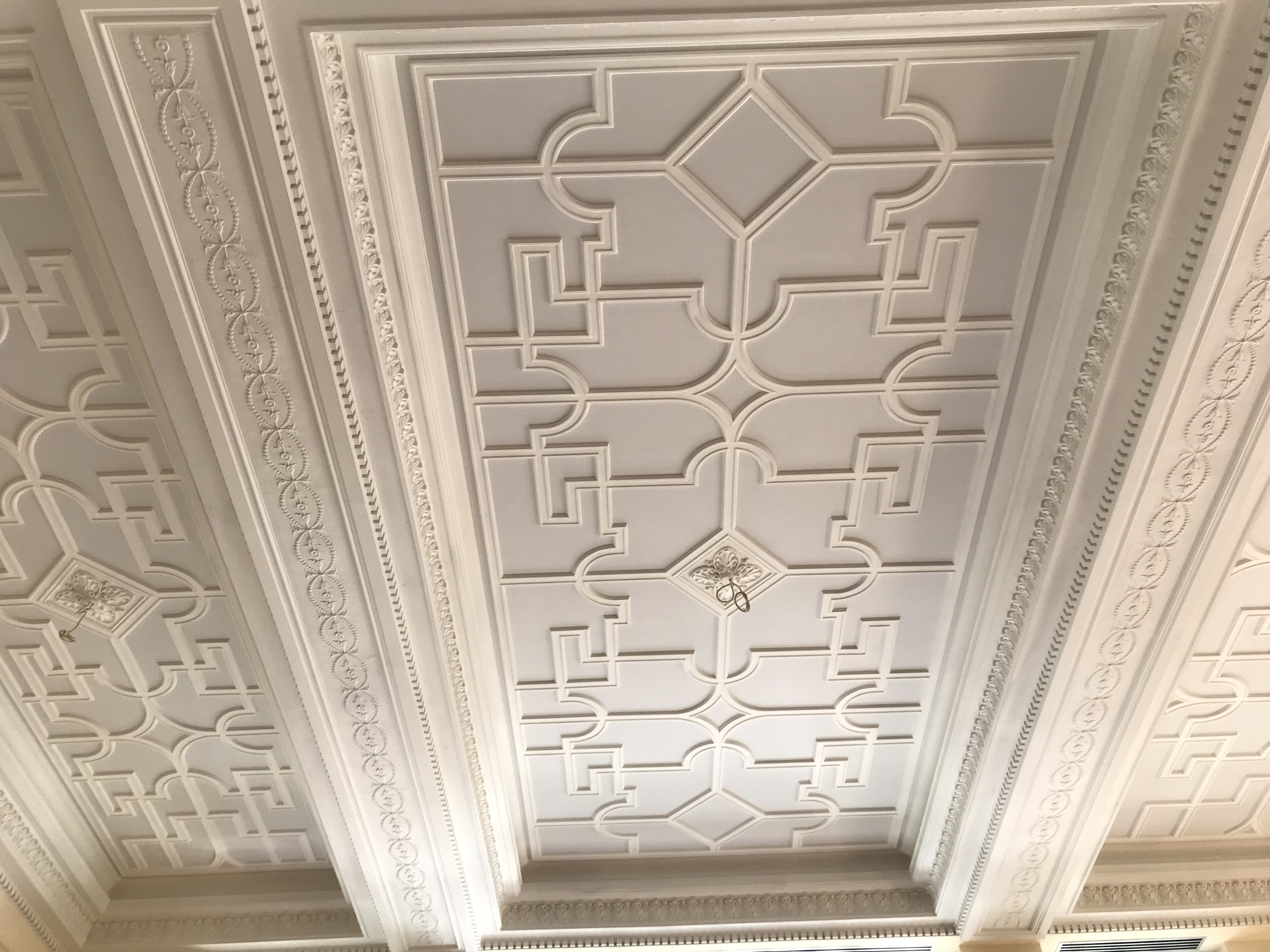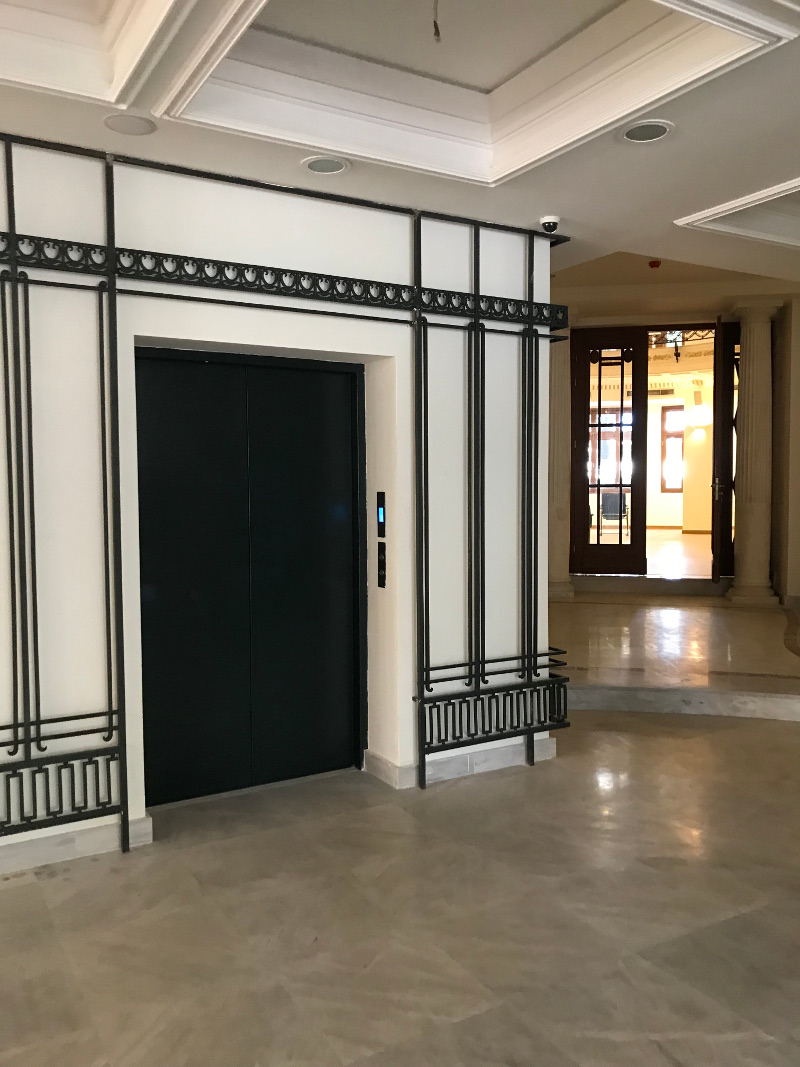
The former hotel on Patision Avenue, across the National Archaeological Museum of Athens, had been abandoned for years, was looted several times and burned twice.
Now, after years of interrupted restoration and renovation, funded by a National Strategic Reference Framework (NNSRF) program, it is ready to become one of the pillars of a Ministry of Culture project that will unite the Acropole with the National Archaeological Museum and the National Technical University of Athens administration building.

The Acropole building will host offices for various departments of the Ministry of Culture’s contemporary culture department, workshops, educational programs, periodical art exhibitions. It will also house the ministry’s Fund of Archaeological Proceeds.
For the general public, the building will also have a coffee shop and on the top floor, there will be a roof garden restaurant overlooking the National Archaeological Museum, the Acropolis and Lycabettus Hill.
The story of Acropole Palace
At an international conference in Vienna in 1991, UNESCO ranked Acropole among the most important examples of art nouveau in Europe. When it opened its doors in 1926 it symbolized the cosmopolitan version of the Athenian architecture of the interwar period. It was the first to be built on Patision Street next to businessmen mansions, theaters, cinemas, and nightclubs.
In its heyday, the Acropole was one of the grandest hotels in Athens, boasting stained glass windows, brilliant chandeliers, elaborate mahogany furniture, and a ballroom where the rich and famous of the time danced the night away.

It is a seven-story building, rising 34 meters high and occupying 6,500 square meters of space, comprised of a large basement hall, a spacious ground floor, a mezzanine, and five top floors. It had 107 rooms and during its operation – much like Hotel Grande Bretagne at Syntagma Square – it bore witness to many historical events in the capital.
In the 1940s it was at the heart of the Greek Civil War. In the 1950s it witnessed the birth of the post-war Athenian middle and upper classes.
During the 1960s, the basement housed one of the hippest night clubs in Athens. In 1964 legendary Greek musician Vangelis Papathanasiou with his band The Forming played pop covers and original material in the Acropole Palace night club.

The hotel closed for rennovation at the end of 1989, but due to financial problems of the owners it never opened again. The building passed to the Ministry of Culture. In 1991 it was declared a listed building and was abandoned as a result of repeated lawsuits that wasted a lot of public money.
In 2008 the Ministry of Culture decided to fully renovate the building. However, looting and fires stopped the project. Its restoration began again in 2013.
See all the latest news from Greece and the world at Greekreporter.com. Contact our newsroom to report an update or send your story, photos and videos. Follow GR on Google News and subscribe here to our daily email!



